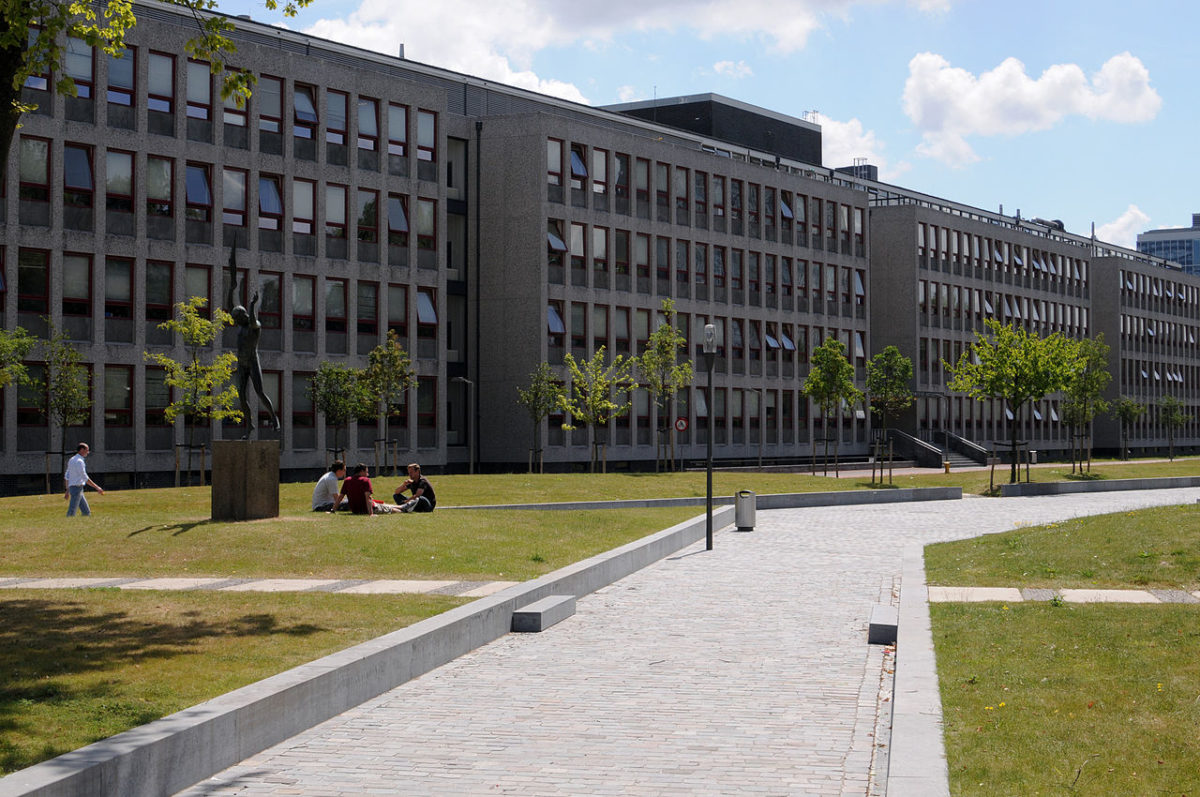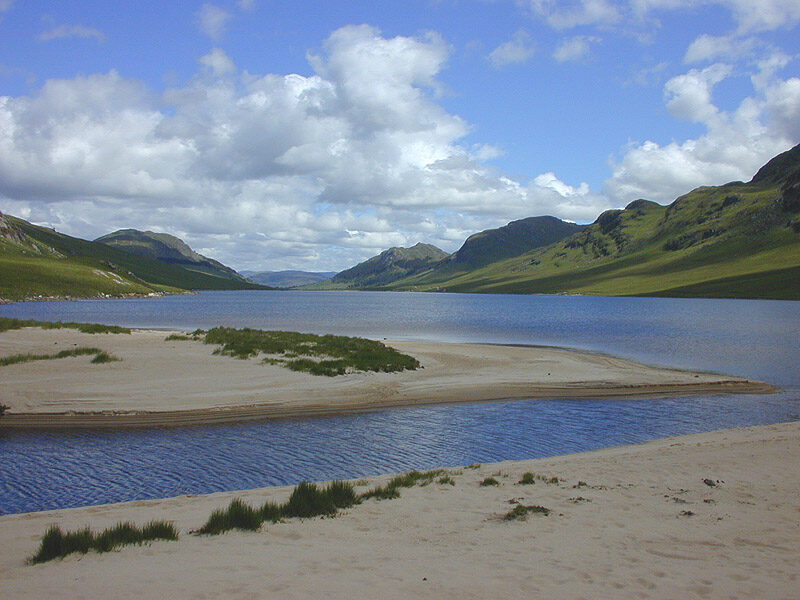Accurate calculation of how much energy a PV system will produce in a given location is essential for proving value to investors and ensuring the optimal use of the technology. Growth in bifacial PV, along with solar making its way into urban environments and even vehicles, mean that more factors need to be considered in such models, and accurate calculation is highly complex.
Ray tracing models, that follow the path of individual ray of light from module to source or vice versa, offer the most accurate simulation of PV system operation, but also require a lot of time and processing power to complete. And accounting for changes both to the module surface and the sky throughout the day make these models even more complex to process.
Scientists led TU Delft in the Netherlands looked for a way to reduce the modelling complexity without sacrificing accuracy, and developed a backward ray tracing that uses separate calculations for the illumination conditions and module surface.
“The main advantage of the presented simulation approach is that it allows to fully decouple the solution of the ray tracing problem from both the optical properties (i.e., reflectivity) of the surfaces in the scene and the illumination conditions,” they explained. “The decoupling of the irradiance simulation problem into three parts allows to significantly reduce computation times in comparison to conventional ray tracing simulation approaches. The highly time consuming ray tracing simulations only need to be solved once and the results are stored in memory to quickly evaluate the irradiance profile on the module.”
Optical properties
The model is described in “Time-varying, ray tracing irradiance simulation approach for photovoltaic systems in complex scenarios with decoupled geometry, optical properties and illumination conditions,” which was recently published in Progress in Photovoltaics.
To validate its approach, the group simulated the conditions at its monitoring station in the Netherlands, and compared the results with data gathered from a pyranometer and a reference cell installed at the site, finding that the absolute error in its simulations measured less than 5%. Further comparisons with data from a spectroradiometer, however, found that the model lacks the sophistication to deal with the effect of clouds on the light spectrum.
A key advantage however, is the models ability to calculate with multiple albedo values, to distinguish between different surfaces and the amount of light they reflect.
“In comparison to traditional ray tracers, the presented approach offers a practical way to simulate surfaces with time varying optical properties and compute the spectral irradiance incident on a PV module,” the group concluded. “These features are particularly valuable for the simulation of bifacial and tandem PV systems.”
This content is protected by copyright and may not be reused. If you want to cooperate with us and would like to reuse some of our content, please contact: editors@pv-magazine.com.




By submitting this form you agree to pv magazine using your data for the purposes of publishing your comment.
Your personal data will only be disclosed or otherwise transmitted to third parties for the purposes of spam filtering or if this is necessary for technical maintenance of the website. Any other transfer to third parties will not take place unless this is justified on the basis of applicable data protection regulations or if pv magazine is legally obliged to do so.
You may revoke this consent at any time with effect for the future, in which case your personal data will be deleted immediately. Otherwise, your data will be deleted if pv magazine has processed your request or the purpose of data storage is fulfilled.
Further information on data privacy can be found in our Data Protection Policy.